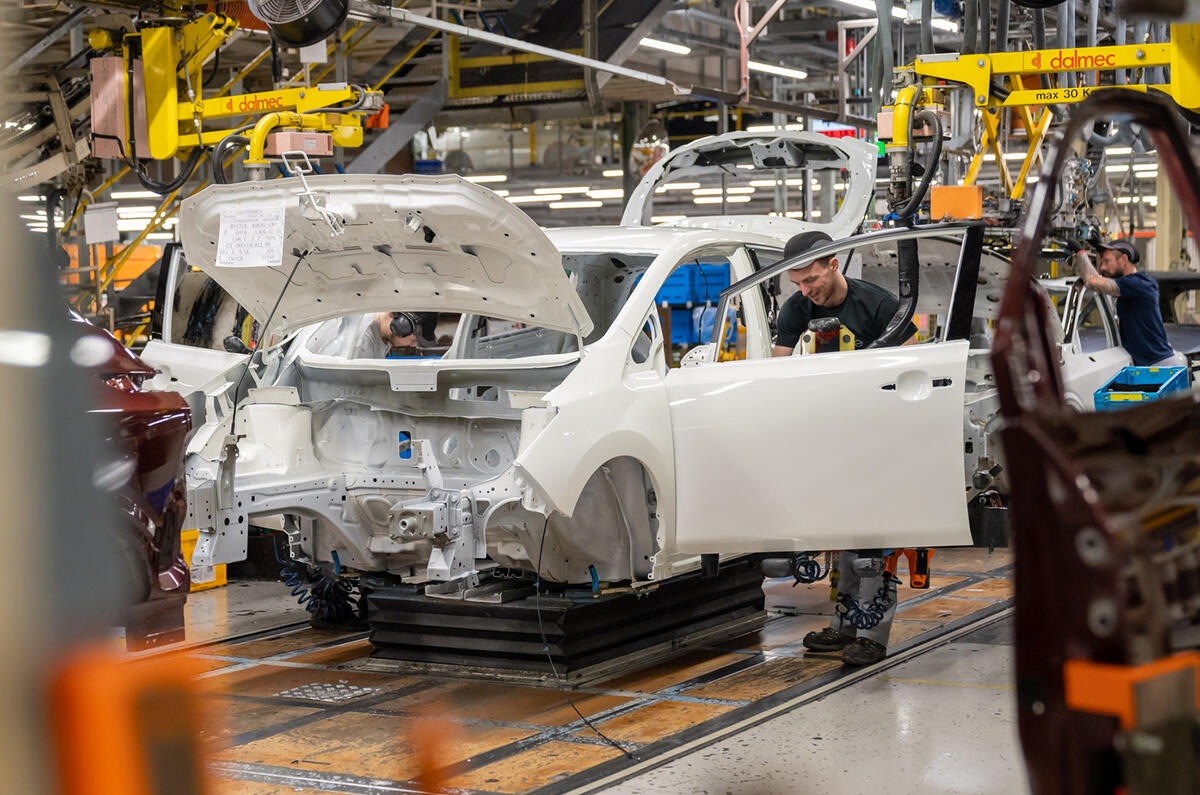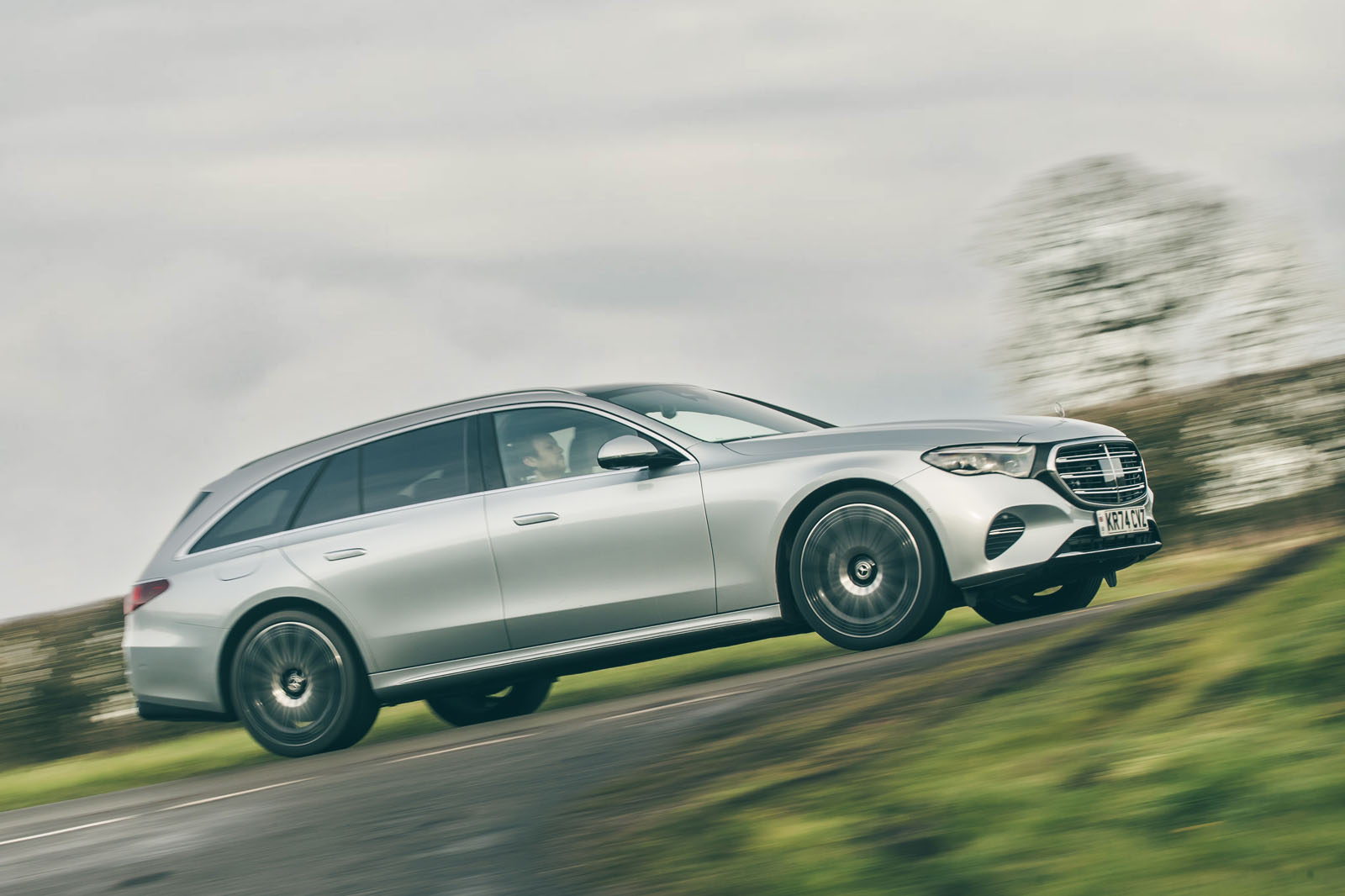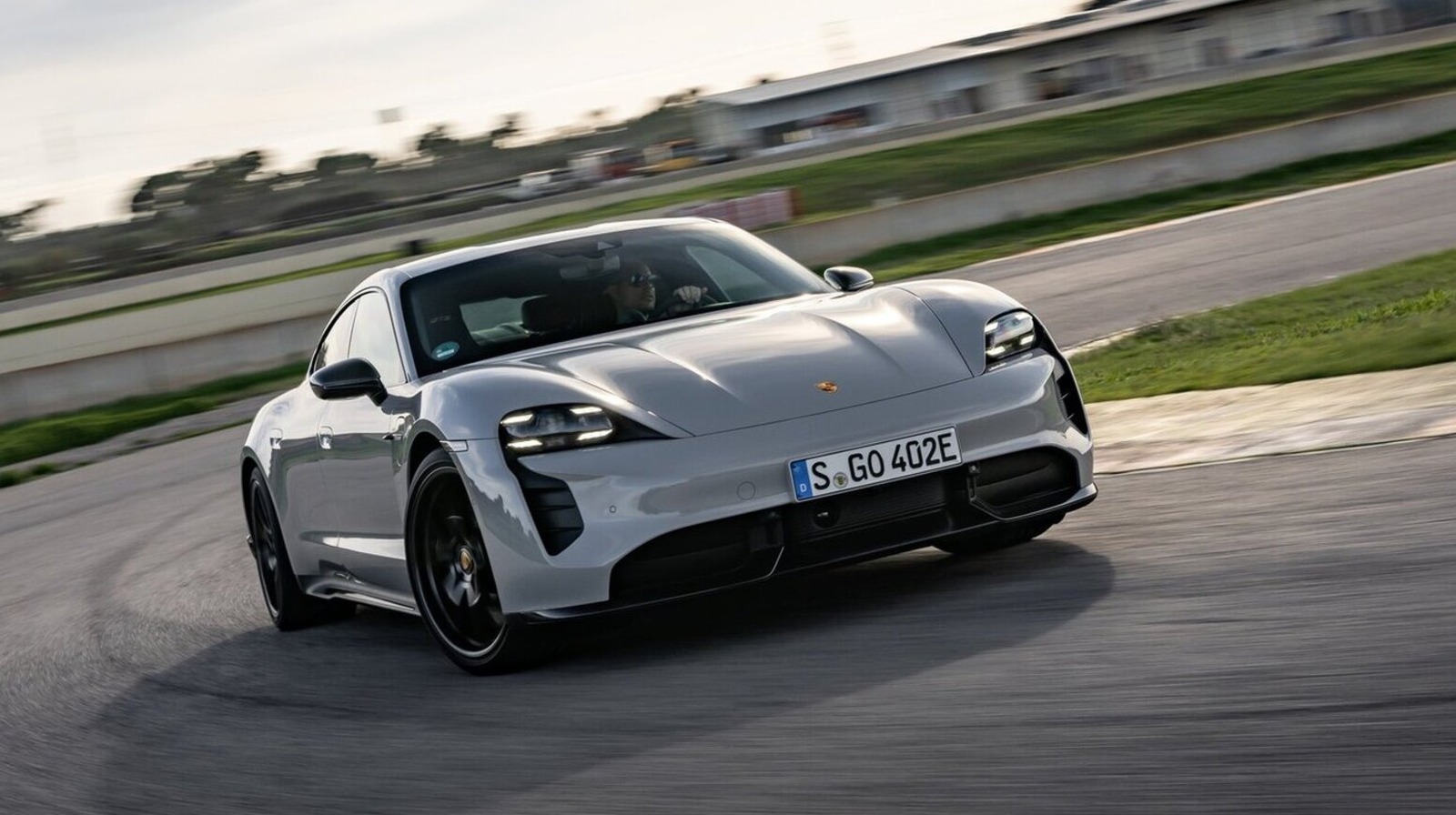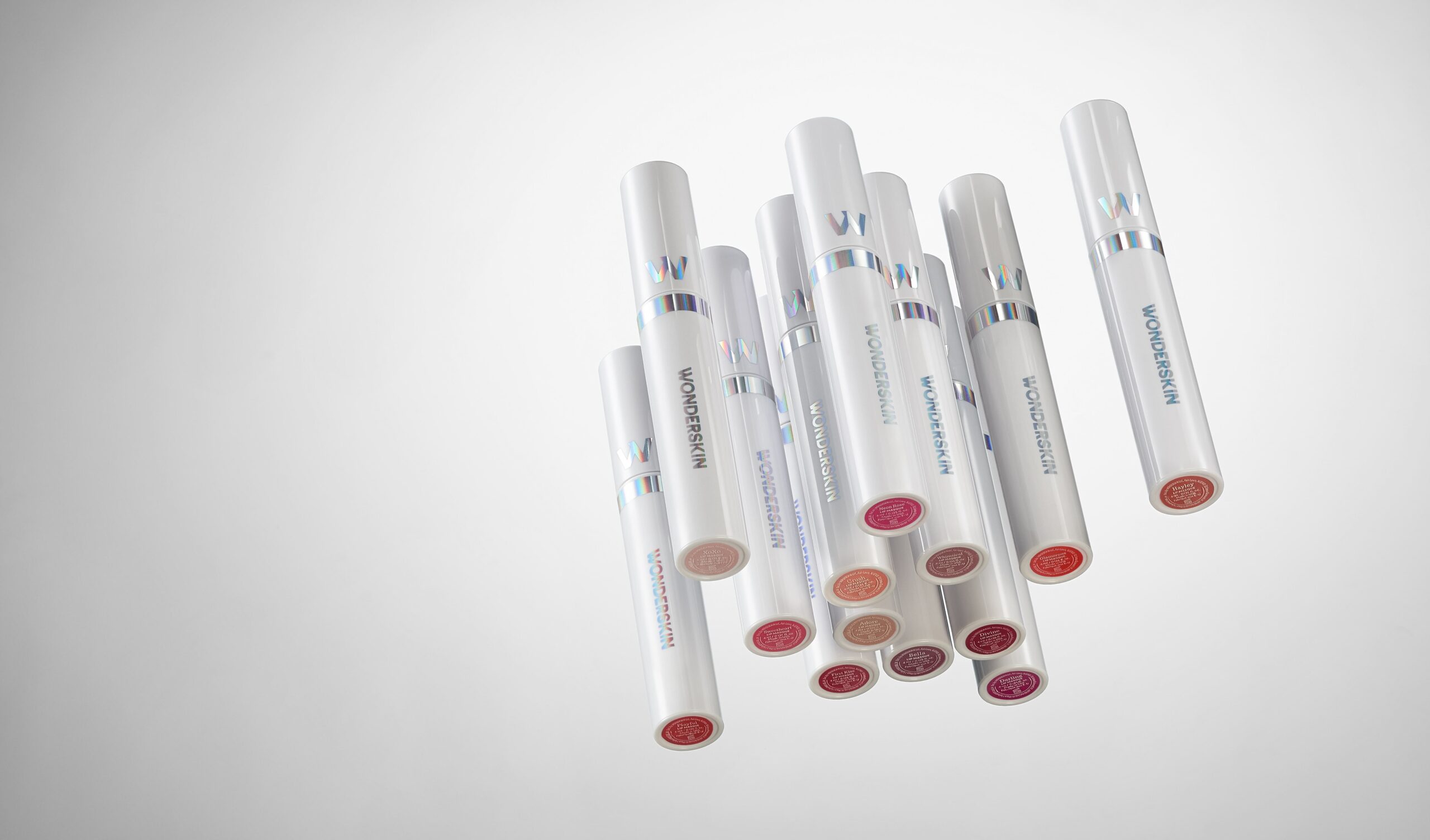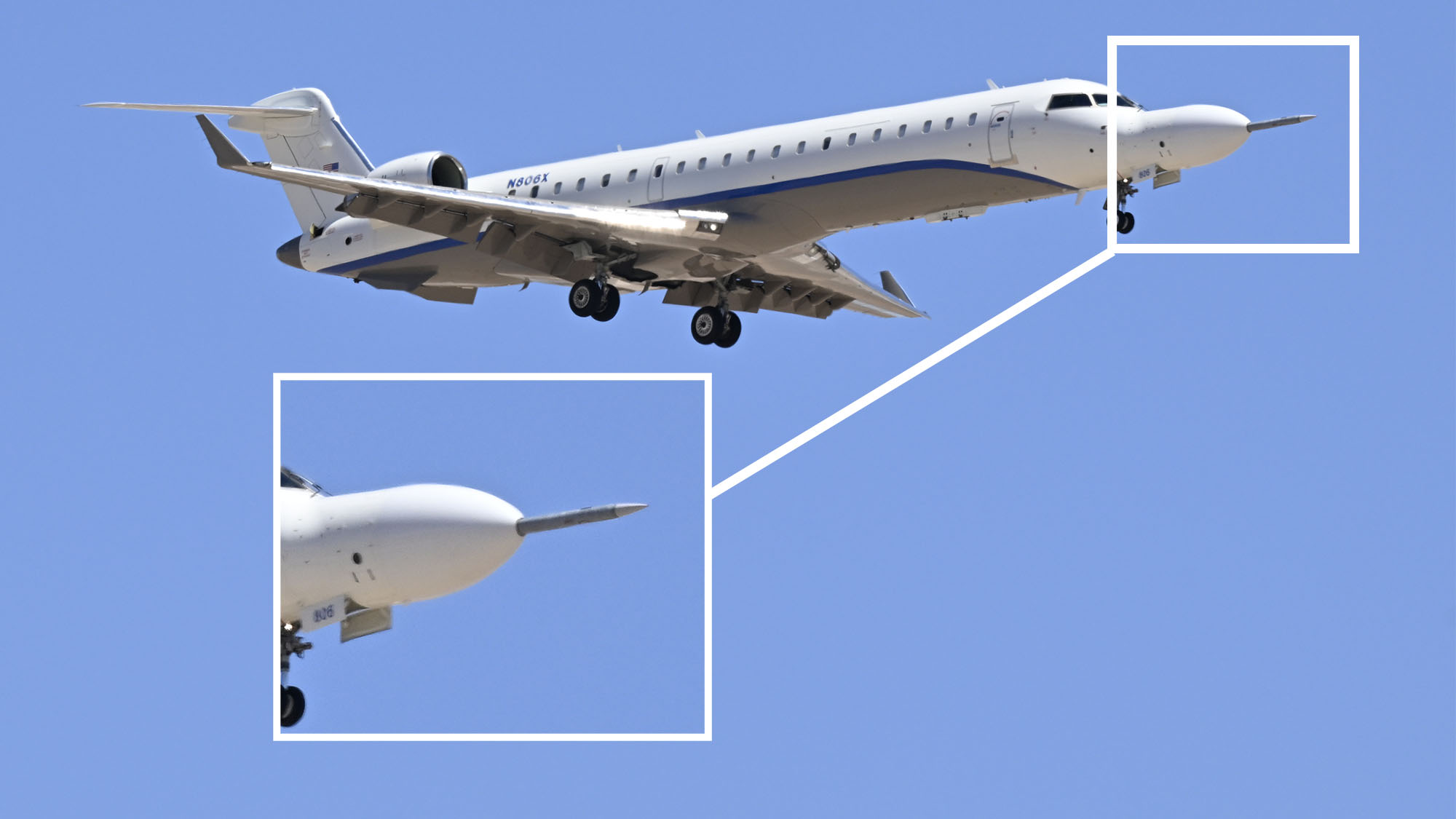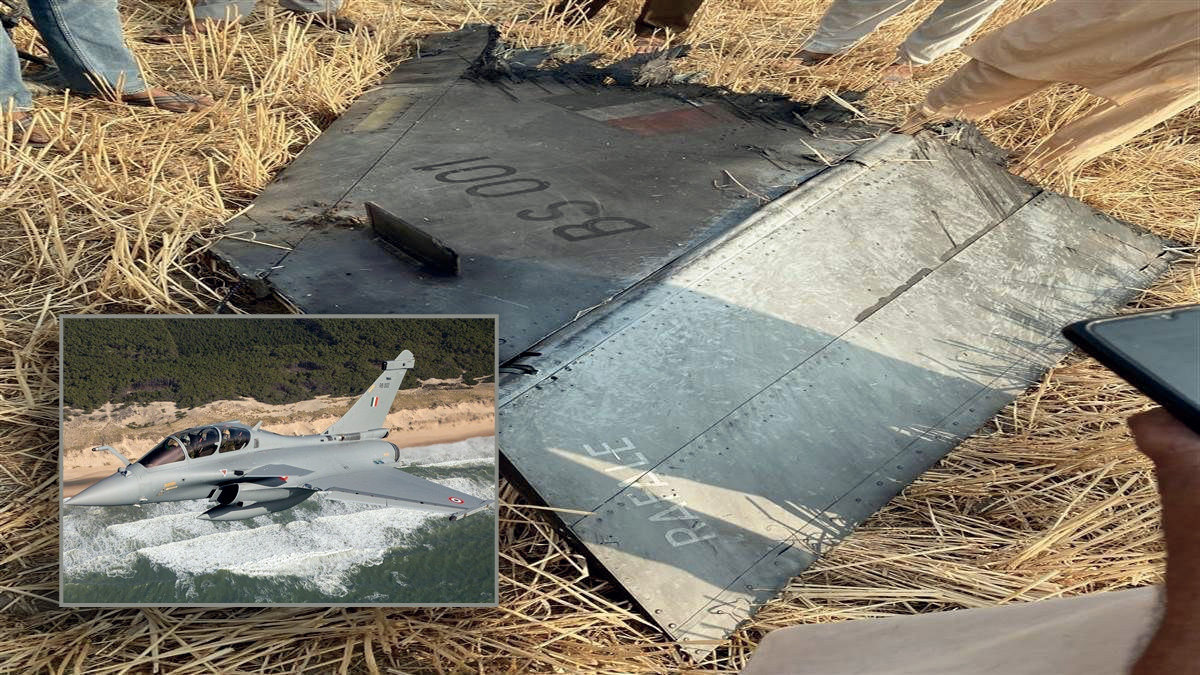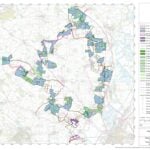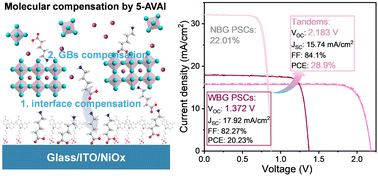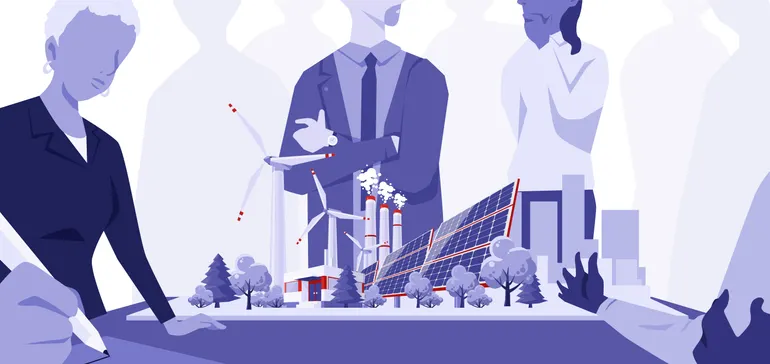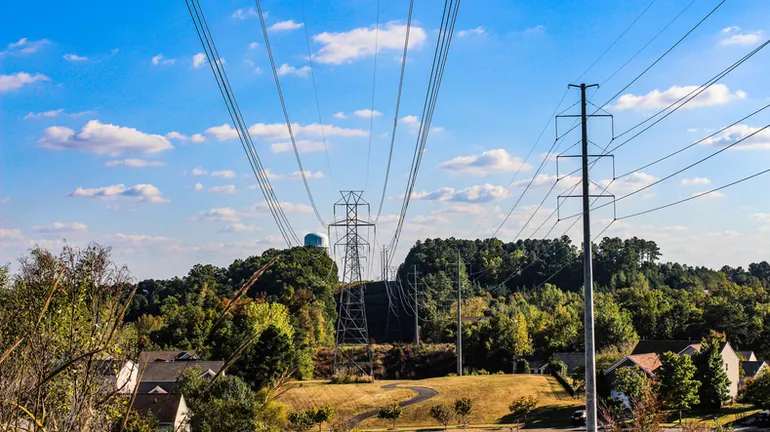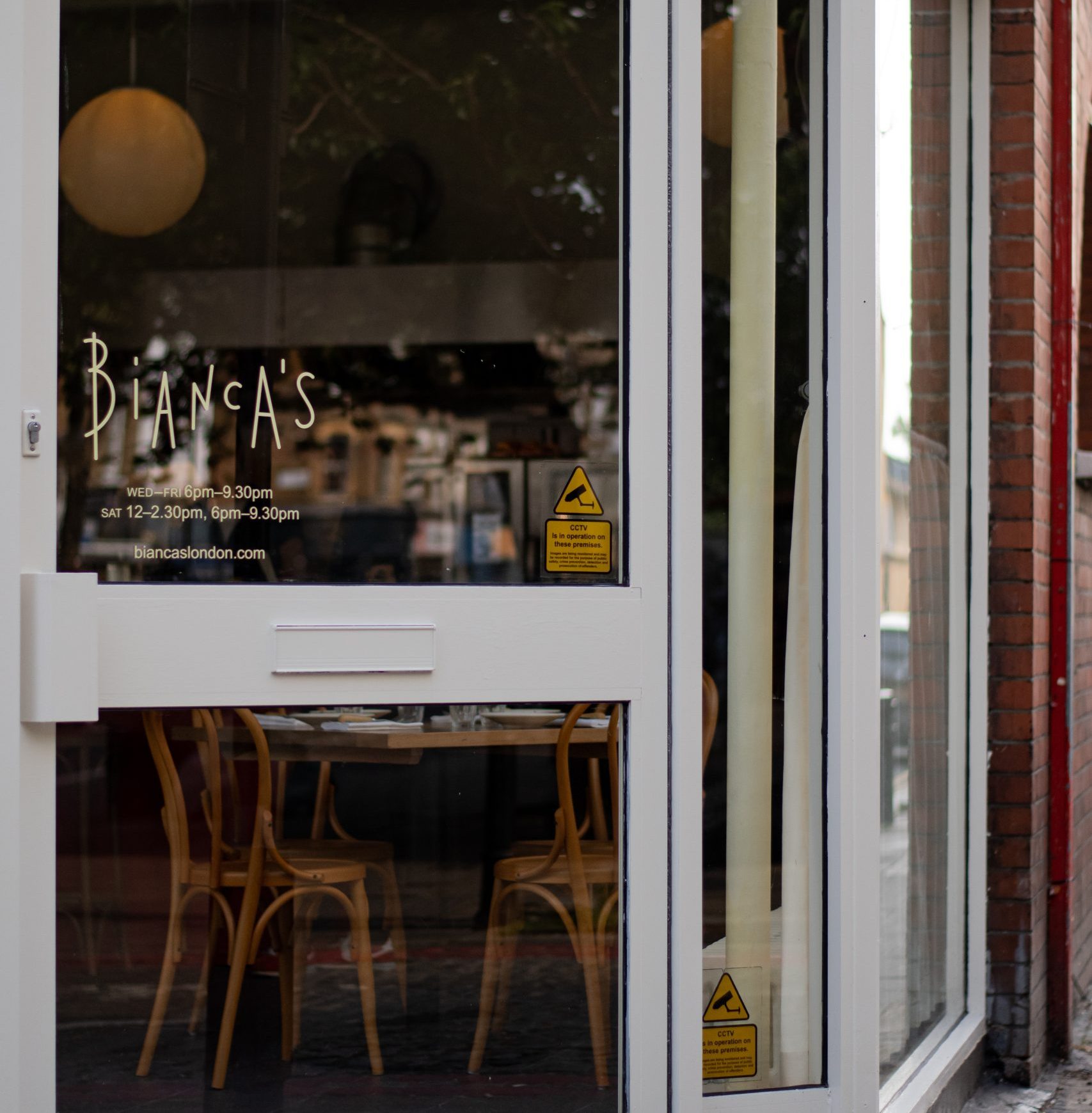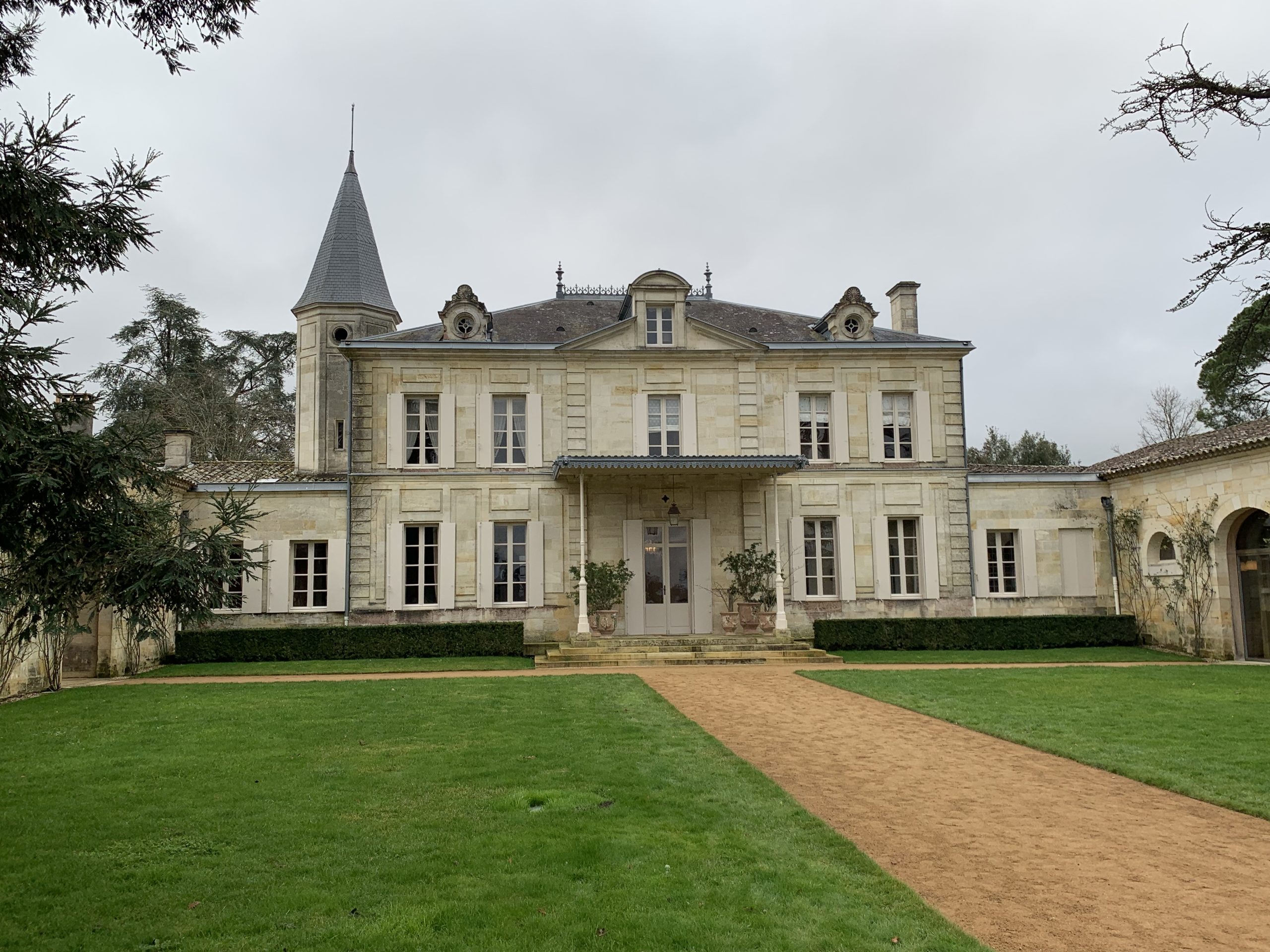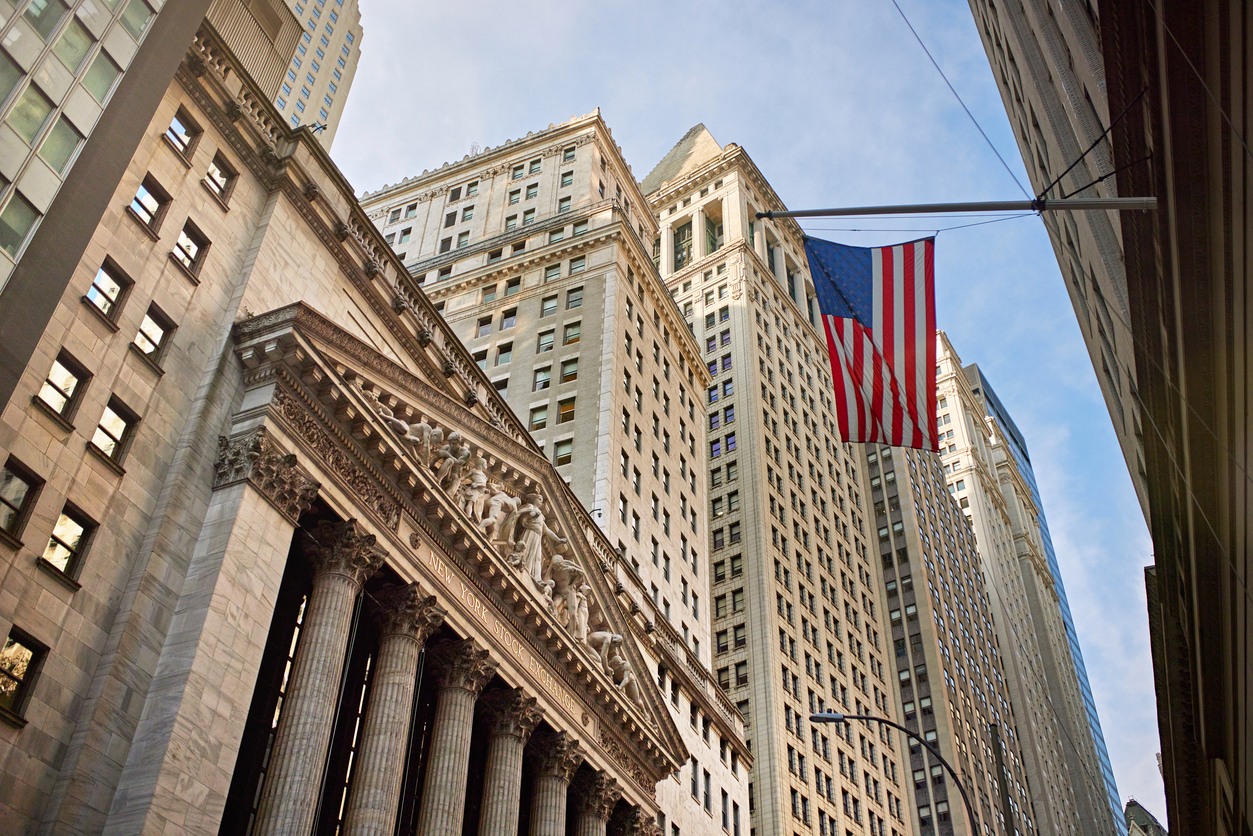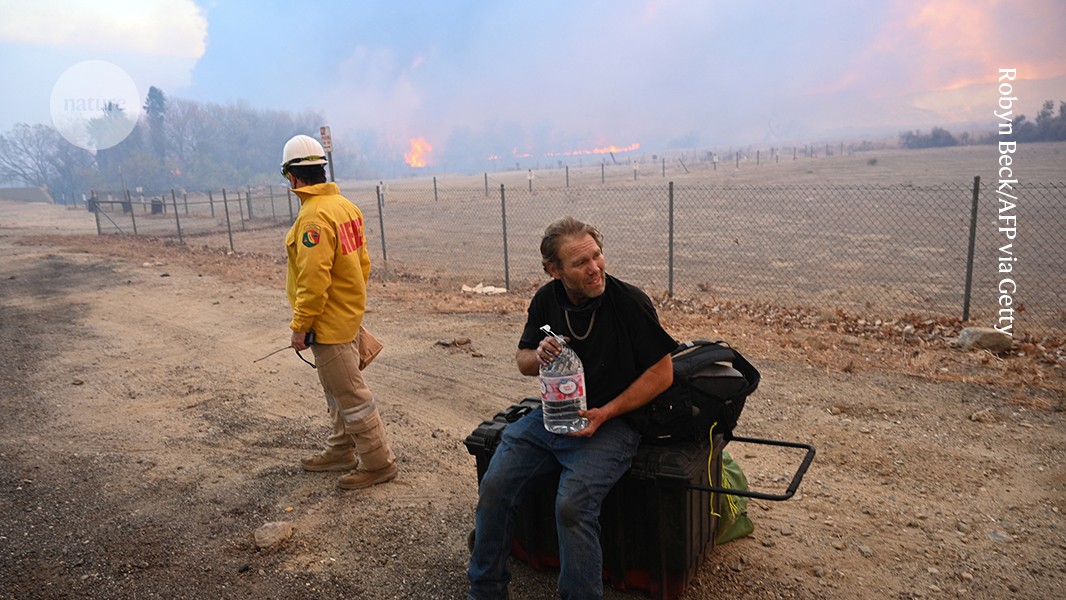If the Torbreck ethos centres on the preservation of some of the Barossa Valley’s most venerable vineyards, then RunRig is perhaps its most eloquent expression. And these gnarled old Shiraz vines have more going for them than just longevity, as Richard Woodard discovers.
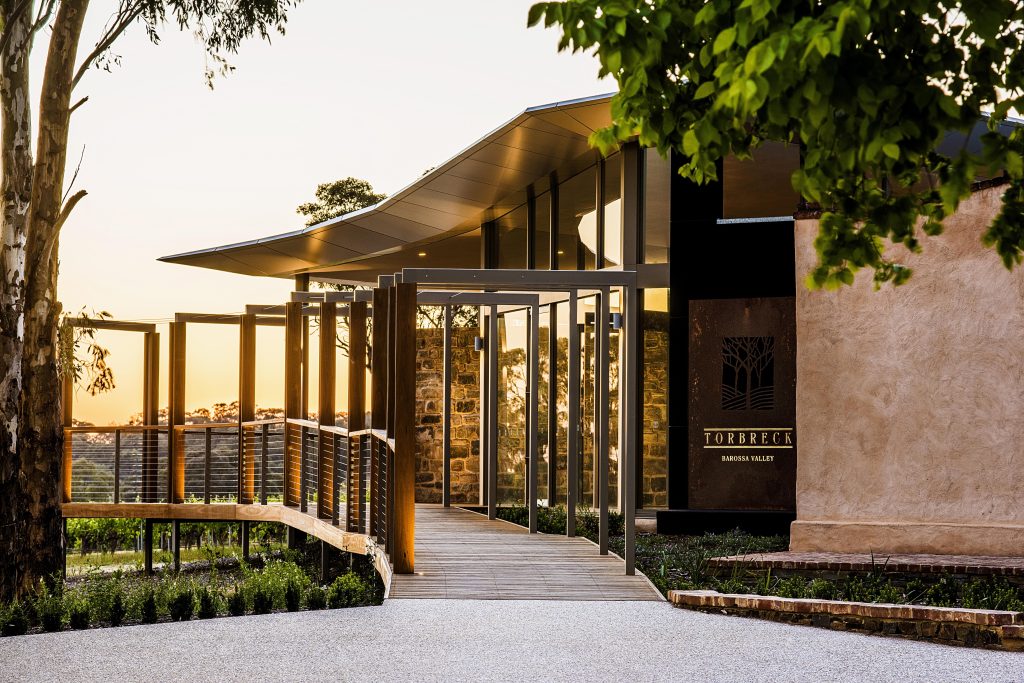
“We’ve got some of the oldest soils in the world – between 450 million and one billion years old – the oldest living culture in the world, the oldest vines in the world… but we’re ‘New World’,” says Torbreck chief winemaker Ian Hongell, with a more than a touch of wry bemusement. There’s long been a disconnect between Australia’s remarkable vinous heritage and the country’s relatively recent rise to global winemaking prominence – and nowhere is that clash more evident than at Torbreck.
Even in Australian terms, this is a pretty new winery: established in 1994, with the first vintage of cult Shiraz RunRig following a year later – the wine that, with only its second release in 1999, brought global fame to Torbreck thanks to the acclaim of
The Wine Advocate.
The intervening period has been eventful, encompassing receivership, acquisition by American businessman Pete Kight and the painful exit of founder Dave Powell. A Barossa native (his family has supplied grapes to Torbreck since 1998), Hongell arrived in 2017, following 18 years at Peter Lehmann and stints at Penfolds, Saltram and Bethany.
Nonetheless, he says, the winemaking philosophy underpinning RunRig hasn’t changed in three decades: full physiological ripeness, some lignification of the stalks, 30 months in barrel, 50% new oak. Then a barrel-by-barrel selection of the best wines and the addition of a 2% “dosage” of Viognier from the current vintage (ie RunRig 2022 incorporates 2024 Viognier, and so on).
Why the Viognier? “It’s like a poor man’s version of a fining,” explains Hongell. “I like to say that it fills the dimples on a golf ball, and softens the wine after such a long time in wood.”
Softness is a relative term for an unashamedly warm-climate red wine that regularly tips the scales at 15.5% ABV. In a drought vintage like 2019, when the valley went 308 days without rain, RunRig remains a darkly impenetrable showcase for all the power that old-vine Barossa is capable of – the result of that year’s unusually high skin-to-juice ratio, with 500 litres of must per tonne of grapes, versus the typical 620 litres/tonne.
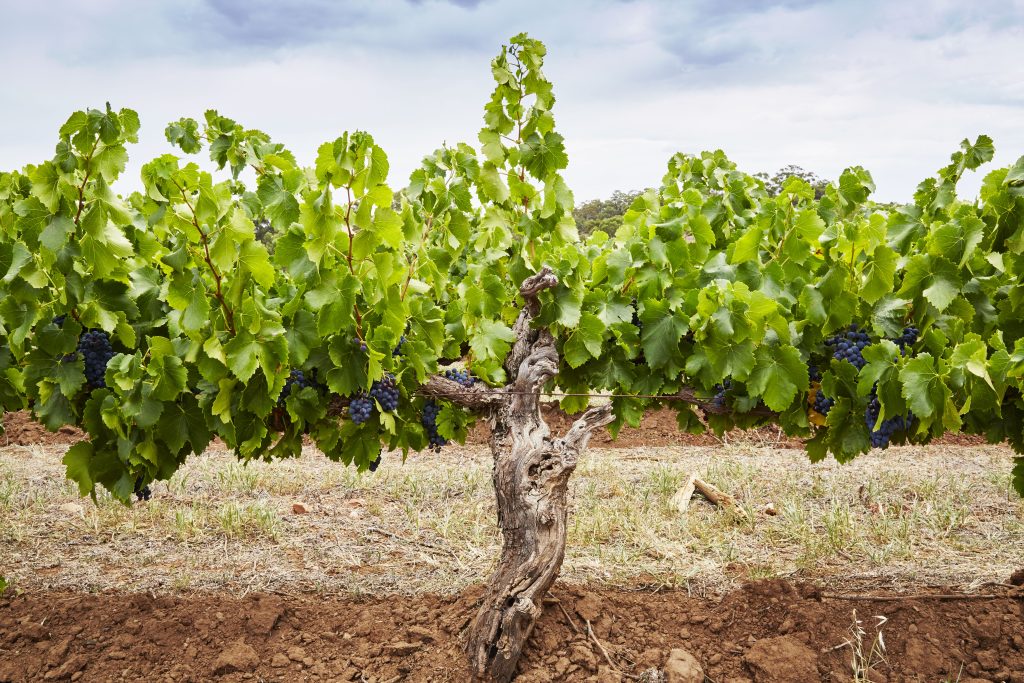
Vintage variations give the lie to the idea that the Barossa enjoys dependably consistent growing conditions, year in, year out. Hongell’s time making RunRig has spanned the cool, wet 2017, the ‘Goldilocks’ vintage of 2018, that 2019 drought and, in 2020, 80km/h winds during flowering that cost the winery 60% of its fruit. “The season itself was ok, but there were just no bloody grapes,” says Hongell ruefully.
The lush, fleshy 2021 was followed by the first of the La Niña years in 2022 – a challenging year with a positive result. “I was kind of concerned at the time,” recalls Hongell. “We stopped harvesting for two weeks because of rain. We waited, but really pleasingly there’s a floral lift to the wines, beautiful perfume anchored with tannin, stability and substance.”
Unlike Torbreck’s single-vineyard wines, The Laird and The Forebear, RunRig is a blend of up to six sites running the length of the Barossa, from Lyndoch in the south to Ebenezer in the north. Three are owned by Torbreck, three are contracted from growers.
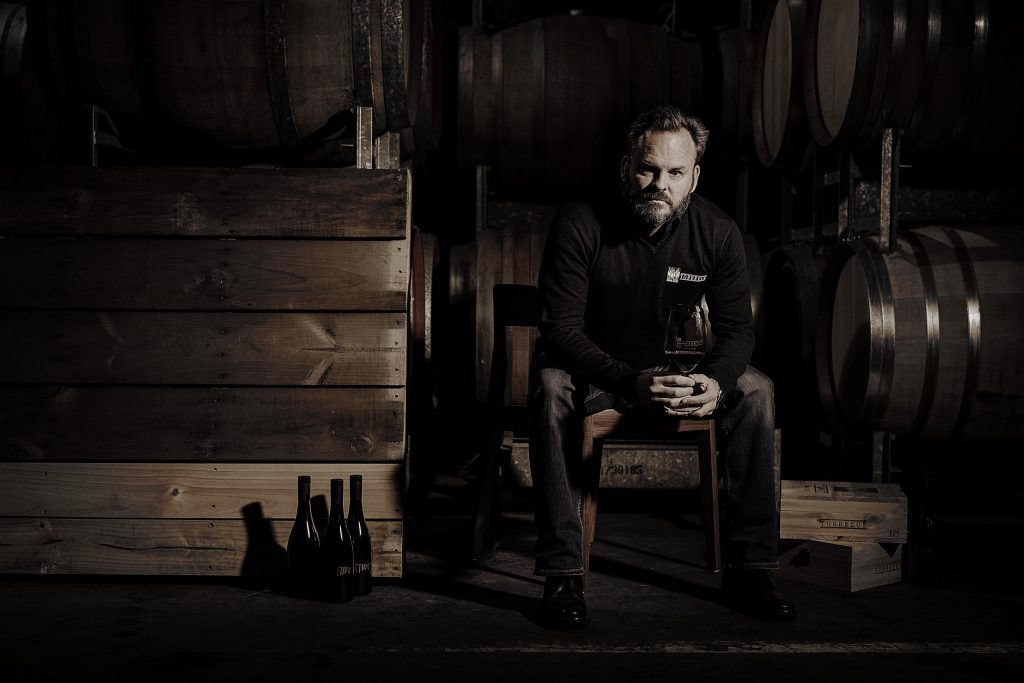
The common factor is that these are all what Hongell refers to as “heritage clone vineyards” – plots that relate back to the settlement of the Barossa in the late 1830s, and James Busby’s shipping of vine cuttings into Australia from all over the world a little earlier.
This was Torbreck’s concept from the outset: finding old vineyards that were facing the bulldozer or that were the victims of generational change as children walked away from the family farm; then rescuing them and, in some cases, buying them.
Beyond historical value, there are sound reasons for cherishing these gnarled, twisted old vines with their eyewateringly paltry yields. “We value them because the nature of the fruit that comes from them has a reslience that modern fruit just doesn’t have,” explains Hongell. “We get longer hang time, phenolic stability, colour stability and intensity. It takes us to a window that’s cooler in the year, which brings freshness to the wine.”
These older vines move past the ‘raisin’ stage and are rehydrated by the cooler, late-season nights. For this reason, the team never samples fruit in the afternoon. “By the morning, the grapes have recovered and plumped up,” says Hongell. “The fruit needs to bounce back and look great.”
If Torbreck’s winemaking has changed little in 30-odd years, the same can’t be said for the company’s work in the vineyards. Since before Hongell’s arrival (viticulturist Nigel Blieschke moved across from Peter Lehmann two years earlier), an intensive programme of work has focused on every aspect of vineyard health, from carving out eutypa-affected wood to, most crucially, improving sap flow.
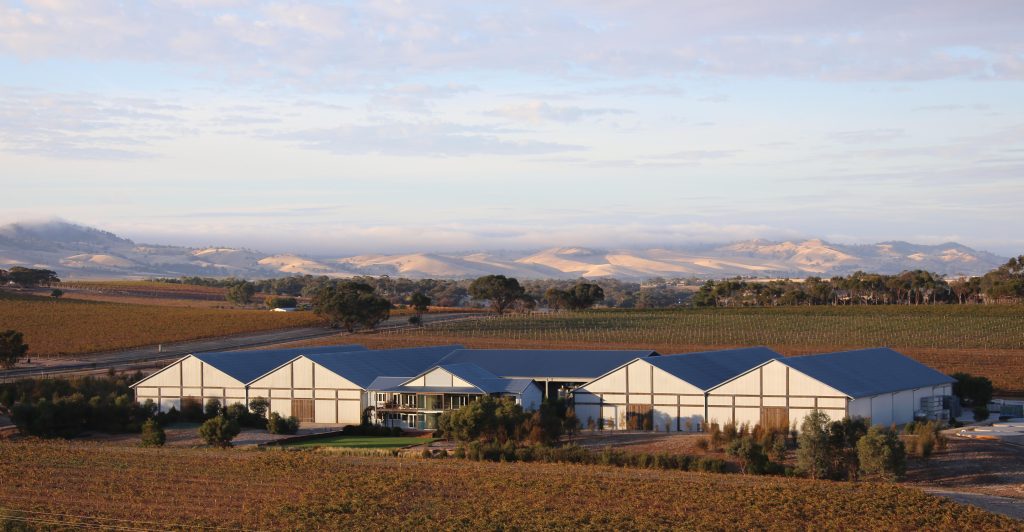
In hot, dry conditions, compromised sap flow could either kill entire bunches or, more insidiously, cause the grapes to stop accumulating sugars while still being full of acid. “We’ve spent the last 12 years working on sap flow,” says Hongell. “That’s the secret to old vines … There was a period of very much ‘grow it and pick it’. Not any more.”
Not working the soils eliminates bare earth between the rows, minimising the impact of reflective heat, while the employment of 12,000 cubic metres of mulch has improved biodiversity, building up carbon levels and retaining soil moisture.
The work is a tacit recognition of rising temperatures and more frequent drought years like 2019. When these ancient vines were planted, the region enjoyed more dependable winter and spring rainfall, plus top-up rains of say, an inch in January and an inch in February. Today’s young vines require irrigation – otherwise they probably wouldn’t survive.
All of that hard work may be about to bear fruit. Hongell describes the 2025 vintage as “illogical”, with no appreciable rainfall to date – something that concerns him in terms of the likely knock-on effect on yields in 2026.
For now, though, he believes that 2025 may be the year when “we get to prove the pudding” in terms of all that viticultural work. He adds: “It wasn’t too hot – that’s been the saving grace. We needed patience as water ran out in the vineyards and things went into a sort of holding pattern.
“But old vines are so good at withstanding the heat … These great old vineyards of the Barossa just keep pushing on through.”
Torbreck’s 2025 releases, including The Laird 2020, The Forebear 2020, RunRig 2022 and The Factor 2022, are due for shipping to the UK in July/August this year. More information from UK importer Fells.
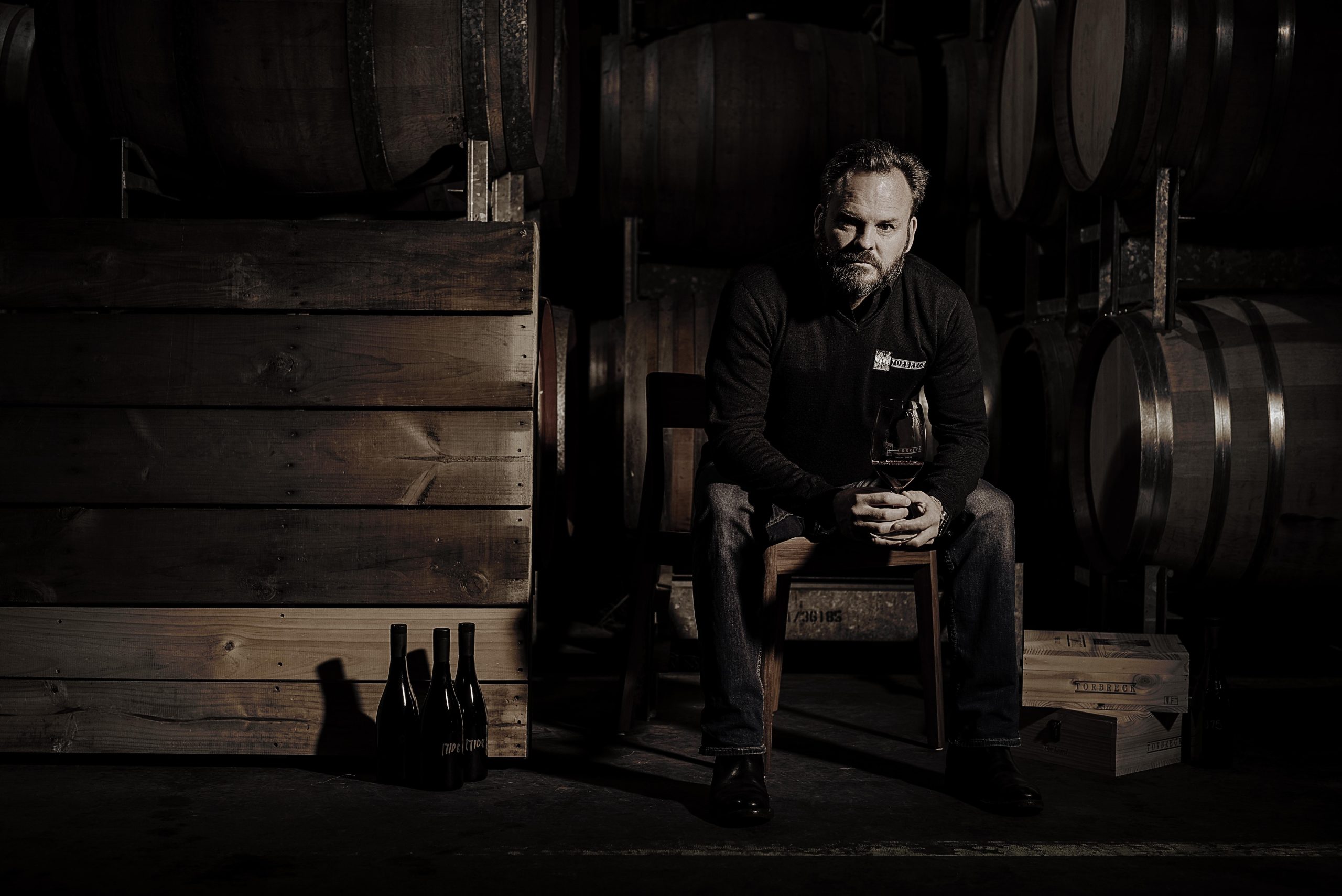
 “We’ve got some of the oldest soils in the world – between 450 million and one billion years old – the oldest living culture in the world, the oldest vines in the world… but we’re ‘New World’,” says Torbreck chief winemaker Ian Hongell, with a more than a touch of wry bemusement. There’s long been a disconnect between Australia’s remarkable vinous heritage and the country’s relatively recent rise to global winemaking prominence – and nowhere is that clash more evident than at Torbreck.
Even in Australian terms, this is a pretty new winery: established in 1994, with the first vintage of cult Shiraz RunRig following a year later – the wine that, with only its second release in 1999, brought global fame to Torbreck thanks to the acclaim of The Wine Advocate.
The intervening period has been eventful, encompassing receivership, acquisition by American businessman Pete Kight and the painful exit of founder Dave Powell. A Barossa native (his family has supplied grapes to Torbreck since 1998), Hongell arrived in 2017, following 18 years at Peter Lehmann and stints at Penfolds, Saltram and Bethany.
Nonetheless, he says, the winemaking philosophy underpinning RunRig hasn’t changed in three decades: full physiological ripeness, some lignification of the stalks, 30 months in barrel, 50% new oak. Then a barrel-by-barrel selection of the best wines and the addition of a 2% “dosage” of Viognier from the current vintage (ie RunRig 2022 incorporates 2024 Viognier, and so on).
Why the Viognier? “It’s like a poor man’s version of a fining,” explains Hongell. “I like to say that it fills the dimples on a golf ball, and softens the wine after such a long time in wood.”
Softness is a relative term for an unashamedly warm-climate red wine that regularly tips the scales at 15.5% ABV. In a drought vintage like 2019, when the valley went 308 days without rain, RunRig remains a darkly impenetrable showcase for all the power that old-vine Barossa is capable of – the result of that year’s unusually high skin-to-juice ratio, with 500 litres of must per tonne of grapes, versus the typical 620 litres/tonne.
“We’ve got some of the oldest soils in the world – between 450 million and one billion years old – the oldest living culture in the world, the oldest vines in the world… but we’re ‘New World’,” says Torbreck chief winemaker Ian Hongell, with a more than a touch of wry bemusement. There’s long been a disconnect between Australia’s remarkable vinous heritage and the country’s relatively recent rise to global winemaking prominence – and nowhere is that clash more evident than at Torbreck.
Even in Australian terms, this is a pretty new winery: established in 1994, with the first vintage of cult Shiraz RunRig following a year later – the wine that, with only its second release in 1999, brought global fame to Torbreck thanks to the acclaim of The Wine Advocate.
The intervening period has been eventful, encompassing receivership, acquisition by American businessman Pete Kight and the painful exit of founder Dave Powell. A Barossa native (his family has supplied grapes to Torbreck since 1998), Hongell arrived in 2017, following 18 years at Peter Lehmann and stints at Penfolds, Saltram and Bethany.
Nonetheless, he says, the winemaking philosophy underpinning RunRig hasn’t changed in three decades: full physiological ripeness, some lignification of the stalks, 30 months in barrel, 50% new oak. Then a barrel-by-barrel selection of the best wines and the addition of a 2% “dosage” of Viognier from the current vintage (ie RunRig 2022 incorporates 2024 Viognier, and so on).
Why the Viognier? “It’s like a poor man’s version of a fining,” explains Hongell. “I like to say that it fills the dimples on a golf ball, and softens the wine after such a long time in wood.”
Softness is a relative term for an unashamedly warm-climate red wine that regularly tips the scales at 15.5% ABV. In a drought vintage like 2019, when the valley went 308 days without rain, RunRig remains a darkly impenetrable showcase for all the power that old-vine Barossa is capable of – the result of that year’s unusually high skin-to-juice ratio, with 500 litres of must per tonne of grapes, versus the typical 620 litres/tonne.
 Vintage variations give the lie to the idea that the Barossa enjoys dependably consistent growing conditions, year in, year out. Hongell’s time making RunRig has spanned the cool, wet 2017, the ‘Goldilocks’ vintage of 2018, that 2019 drought and, in 2020, 80km/h winds during flowering that cost the winery 60% of its fruit. “The season itself was ok, but there were just no bloody grapes,” says Hongell ruefully.
The lush, fleshy 2021 was followed by the first of the La Niña years in 2022 – a challenging year with a positive result. “I was kind of concerned at the time,” recalls Hongell. “We stopped harvesting for two weeks because of rain. We waited, but really pleasingly there’s a floral lift to the wines, beautiful perfume anchored with tannin, stability and substance.”
Unlike Torbreck’s single-vineyard wines, The Laird and The Forebear, RunRig is a blend of up to six sites running the length of the Barossa, from Lyndoch in the south to Ebenezer in the north. Three are owned by Torbreck, three are contracted from growers.
Vintage variations give the lie to the idea that the Barossa enjoys dependably consistent growing conditions, year in, year out. Hongell’s time making RunRig has spanned the cool, wet 2017, the ‘Goldilocks’ vintage of 2018, that 2019 drought and, in 2020, 80km/h winds during flowering that cost the winery 60% of its fruit. “The season itself was ok, but there were just no bloody grapes,” says Hongell ruefully.
The lush, fleshy 2021 was followed by the first of the La Niña years in 2022 – a challenging year with a positive result. “I was kind of concerned at the time,” recalls Hongell. “We stopped harvesting for two weeks because of rain. We waited, but really pleasingly there’s a floral lift to the wines, beautiful perfume anchored with tannin, stability and substance.”
Unlike Torbreck’s single-vineyard wines, The Laird and The Forebear, RunRig is a blend of up to six sites running the length of the Barossa, from Lyndoch in the south to Ebenezer in the north. Three are owned by Torbreck, three are contracted from growers.
 The common factor is that these are all what Hongell refers to as “heritage clone vineyards” – plots that relate back to the settlement of the Barossa in the late 1830s, and James Busby’s shipping of vine cuttings into Australia from all over the world a little earlier.
This was Torbreck’s concept from the outset: finding old vineyards that were facing the bulldozer or that were the victims of generational change as children walked away from the family farm; then rescuing them and, in some cases, buying them.
Beyond historical value, there are sound reasons for cherishing these gnarled, twisted old vines with their eyewateringly paltry yields. “We value them because the nature of the fruit that comes from them has a reslience that modern fruit just doesn’t have,” explains Hongell. “We get longer hang time, phenolic stability, colour stability and intensity. It takes us to a window that’s cooler in the year, which brings freshness to the wine.”
These older vines move past the ‘raisin’ stage and are rehydrated by the cooler, late-season nights. For this reason, the team never samples fruit in the afternoon. “By the morning, the grapes have recovered and plumped up,” says Hongell. “The fruit needs to bounce back and look great.”
If Torbreck’s winemaking has changed little in 30-odd years, the same can’t be said for the company’s work in the vineyards. Since before Hongell’s arrival (viticulturist Nigel Blieschke moved across from Peter Lehmann two years earlier), an intensive programme of work has focused on every aspect of vineyard health, from carving out eutypa-affected wood to, most crucially, improving sap flow.
The common factor is that these are all what Hongell refers to as “heritage clone vineyards” – plots that relate back to the settlement of the Barossa in the late 1830s, and James Busby’s shipping of vine cuttings into Australia from all over the world a little earlier.
This was Torbreck’s concept from the outset: finding old vineyards that were facing the bulldozer or that were the victims of generational change as children walked away from the family farm; then rescuing them and, in some cases, buying them.
Beyond historical value, there are sound reasons for cherishing these gnarled, twisted old vines with their eyewateringly paltry yields. “We value them because the nature of the fruit that comes from them has a reslience that modern fruit just doesn’t have,” explains Hongell. “We get longer hang time, phenolic stability, colour stability and intensity. It takes us to a window that’s cooler in the year, which brings freshness to the wine.”
These older vines move past the ‘raisin’ stage and are rehydrated by the cooler, late-season nights. For this reason, the team never samples fruit in the afternoon. “By the morning, the grapes have recovered and plumped up,” says Hongell. “The fruit needs to bounce back and look great.”
If Torbreck’s winemaking has changed little in 30-odd years, the same can’t be said for the company’s work in the vineyards. Since before Hongell’s arrival (viticulturist Nigel Blieschke moved across from Peter Lehmann two years earlier), an intensive programme of work has focused on every aspect of vineyard health, from carving out eutypa-affected wood to, most crucially, improving sap flow.
 In hot, dry conditions, compromised sap flow could either kill entire bunches or, more insidiously, cause the grapes to stop accumulating sugars while still being full of acid. “We’ve spent the last 12 years working on sap flow,” says Hongell. “That’s the secret to old vines … There was a period of very much ‘grow it and pick it’. Not any more.”
Not working the soils eliminates bare earth between the rows, minimising the impact of reflective heat, while the employment of 12,000 cubic metres of mulch has improved biodiversity, building up carbon levels and retaining soil moisture.
The work is a tacit recognition of rising temperatures and more frequent drought years like 2019. When these ancient vines were planted, the region enjoyed more dependable winter and spring rainfall, plus top-up rains of say, an inch in January and an inch in February. Today’s young vines require irrigation – otherwise they probably wouldn’t survive.
All of that hard work may be about to bear fruit. Hongell describes the 2025 vintage as “illogical”, with no appreciable rainfall to date – something that concerns him in terms of the likely knock-on effect on yields in 2026.
For now, though, he believes that 2025 may be the year when “we get to prove the pudding” in terms of all that viticultural work. He adds: “It wasn’t too hot – that’s been the saving grace. We needed patience as water ran out in the vineyards and things went into a sort of holding pattern.
“But old vines are so good at withstanding the heat … These great old vineyards of the Barossa just keep pushing on through.”
Torbreck’s 2025 releases, including The Laird 2020, The Forebear 2020, RunRig 2022 and The Factor 2022, are due for shipping to the UK in July/August this year. More information from UK importer Fells.
In hot, dry conditions, compromised sap flow could either kill entire bunches or, more insidiously, cause the grapes to stop accumulating sugars while still being full of acid. “We’ve spent the last 12 years working on sap flow,” says Hongell. “That’s the secret to old vines … There was a period of very much ‘grow it and pick it’. Not any more.”
Not working the soils eliminates bare earth between the rows, minimising the impact of reflective heat, while the employment of 12,000 cubic metres of mulch has improved biodiversity, building up carbon levels and retaining soil moisture.
The work is a tacit recognition of rising temperatures and more frequent drought years like 2019. When these ancient vines were planted, the region enjoyed more dependable winter and spring rainfall, plus top-up rains of say, an inch in January and an inch in February. Today’s young vines require irrigation – otherwise they probably wouldn’t survive.
All of that hard work may be about to bear fruit. Hongell describes the 2025 vintage as “illogical”, with no appreciable rainfall to date – something that concerns him in terms of the likely knock-on effect on yields in 2026.
For now, though, he believes that 2025 may be the year when “we get to prove the pudding” in terms of all that viticultural work. He adds: “It wasn’t too hot – that’s been the saving grace. We needed patience as water ran out in the vineyards and things went into a sort of holding pattern.
“But old vines are so good at withstanding the heat … These great old vineyards of the Barossa just keep pushing on through.”
Torbreck’s 2025 releases, including The Laird 2020, The Forebear 2020, RunRig 2022 and The Factor 2022, are due for shipping to the UK in July/August this year. More information from UK importer Fells. 














